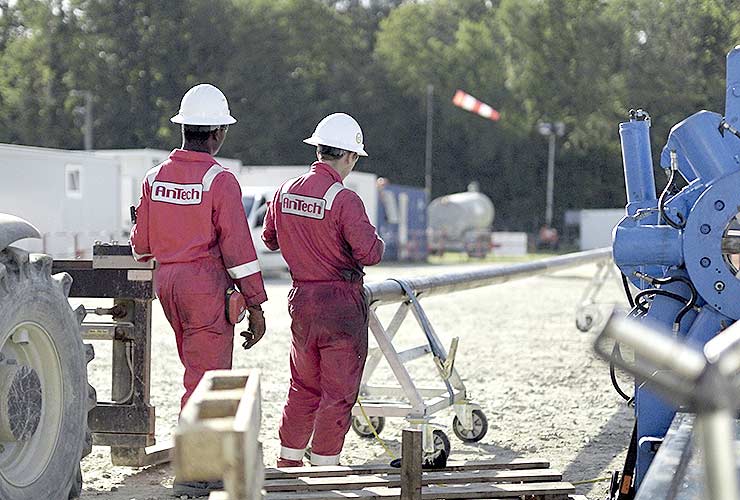Since the early days of the oil industry, operators have been drilling vertical wells to tap oil and gas reservoirs. The advantages are cheap and simple wells with minimal need for technology or highly accurate data. Directional wells were limited to situations which required directional drilling to be used like offshore wells or reservoirs with restricted land access at surface, for example. Over the recent years technology has improved to the point where the rewards for drilling a horizontal well have exceeded the risks of failure on nearly all fields.
The two main advantages from horizontal wells are: a. more effective drainage of the reservoir (i.e. increased overall reserves recovery) b. reduced water and gas coning. The drainage of a reservoir is increased by horizontal drilling through increasing the amount of reservoir that is exposed to the wellbore. This is also the mechanism behind the reduced water and gas coning, for a given production rate, a horizontal well requires less drawdown pressure and therefore the water and gas coning will happen slower.
Directional coiled tubing drilling is usually used in medium radius applications where the build up section can be up to 50°/100ft. This high dogleg capability is useful for avoiding trouble zones when sidetracking from an existing vertical well bore by exiting beneath them.
Despite the advantages of horizontal drilling it is still not universally applied. EIA statistics from the USA show that this is changing and the proportion of horizontal wells is increasing. Of the wells drilled in 2015 that went on to produce more than 400 barrels of oil equivalent per day, 77% were drilled horizontally. For wells producing between 15 to 400 barrels of oil equivalent per day, 42% were drilled horizontally and that proportion is increasing rapidly. Only 2% of stripper wells were drilled horizontally. It is clear to see that there is a correlation between drilling horizontal wells and increased production. There are lots of factors at play in such broad statistics but it does show that the technology has come of age and is being used by leading operators to achieve a competitive advantage.
Author: Adam Miszewski
Published: 11th October 2017


Comment
Your Email
Enter your comment here:
Enter Your Comment
Your Email
Comments












+44 1392 933 100 | +1 800-868-1562